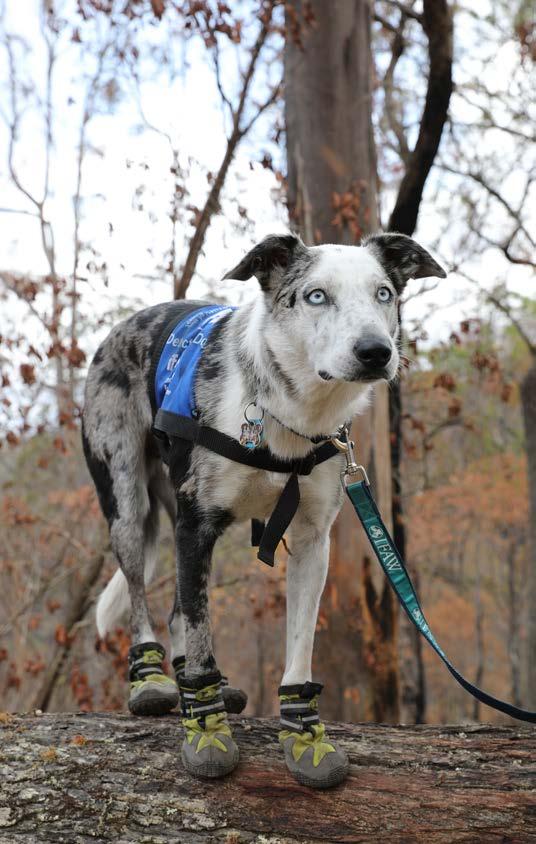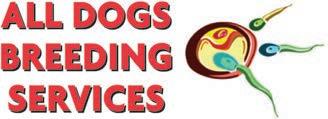
3 minute read
Koala Search Team
ASSOCIATE PROFESSOR CELINE FRERE AND DR ROMANE CRISTESCU
Ready For Bushfire Season
With Australia’s bushfire season fast approaching, a team that specialises in finding koalas in fireravaged locations is gearing up for another huge effort.
After last summer’s fires destroyed vast tracts of bushland across eastern Australia, USC’s Detection Dogs for Conservation team spent many days searching for surviving koalas using heatseeking drones and the now world-famous USC x International Fund for Animal Welfare (IFAW) koala detection dog Bear.
The detection dogs team, which was co-founded in 2015 by USC (University of the Sunshine Coast) researchers Associate Professor Celine Frere and Dr Romane Cristescu, searched for koalas across more than 5,000 hectares of land in partnership with IFAW.
Dr Cristescu said the team was now bracing itself for another long summer of scouring scorched bushland. “While it is unlikely that we will see bushfires to the scale of last year, we are still preparing for multiple fires that can impact many hectares of koala habitat during the next fire season – especially, this year, Queensland has higher than average risk of bushfires,” Dr Cristescu said.
“We expect we might be called upon, with our partners at IFAW, by different wildlife rescue groups, to help them locate koalas - as with drones and dogs we can find many koalas that otherwise can escape the naked human eye. And in places such as QLD and NSW, where populations are already declining, every koala counts.
“Last year we found koalas struggling with and dying from burns, dehydration and malnutrition weeks after the fires had been contained, and we were able to find help for them. That is why we are preparing now for the 2020-2021 season.”
Bear, whose skills last year caught the attention of Hollywood actor Tom Hanks, is one of a team
He has been specially trained to sniff out koalas by the scent of their fur, which enabled the team last fire season to locate more than 100 koalas, many of which needed help and were rescued.
IFAW wildlife campaigner Josey Sharrad said postfire wildlife rescue was critical to koala survival.
“Bear was our secret weapon during these fires. His ability to smell what we can’t see was crucial to locating survivors,” she said.

While koala detection dog Bear is deployed post-bushfire the other dogs, who specialise in detecting koala scat, are used outside of bushfireaffected areas.
KOALA DETECTION DOG – BEAR

New dedicated canine reproduction facility opening on Monday 9th December at GREENBANK VET HOSPITAL

RANGE OF SERVICES
• Accredited vet hospital • Whelping room • Open 7 days a week. • Boarding • Fertility assessment • Hip/elbow/spine Xrays • Semen evaluation • Dogs Queensland Members • Semen freeze, chill and storage competitive rates • Semen freeze packages on • Laser surgery for nares/soft
Wednesdays palate/everted laryngeal saccules • Semen shipment within Australia • Orthopedic surgery • Caesarian section packages • On Site blood analysis • Progesterone testing • Experienced team of vets
Dr Gerry King, Dr Kylie Griffin, Dr Terry Martin, Dr Rishi Shah 24 hour emergency services available however conditions apply





